Tel: 0086769-23187408
Email: [email protected]
Tel: 0086769-23187408
Email: [email protected]
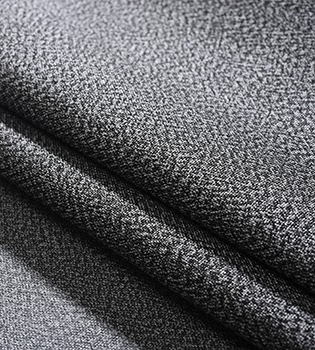
By incorporating cut-resistant fabric into gloves, sleeves and other garments, workers in the textile industry can perform tasks with confidence, reducing the risk of injury and increasing overall productivity. Additionally, the durability and longevity of cut-resistant fabrics can help save costs by minimizing the need for frequent replacements.
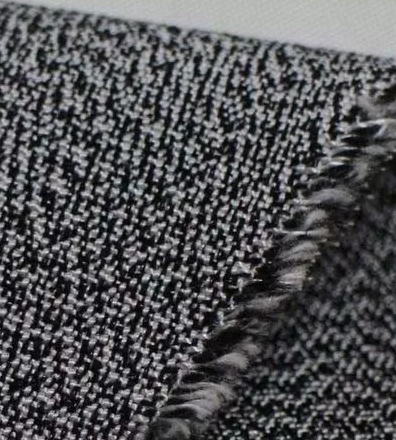
We understand the varied needs of B2B clients. NIZE provides customized cut resistant fabric options, including different weaves, thicknesses, and composite structures to suit unique application requirements.
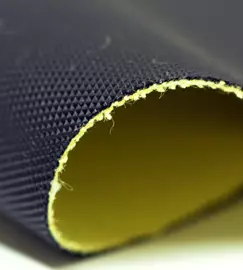
NIZE specializes in manufacturing cut resistant fabric that performs well under repeated mechanical stress. Our stable supply chain and stringent quality control make us a trusted partner for protective fabric sourcing.
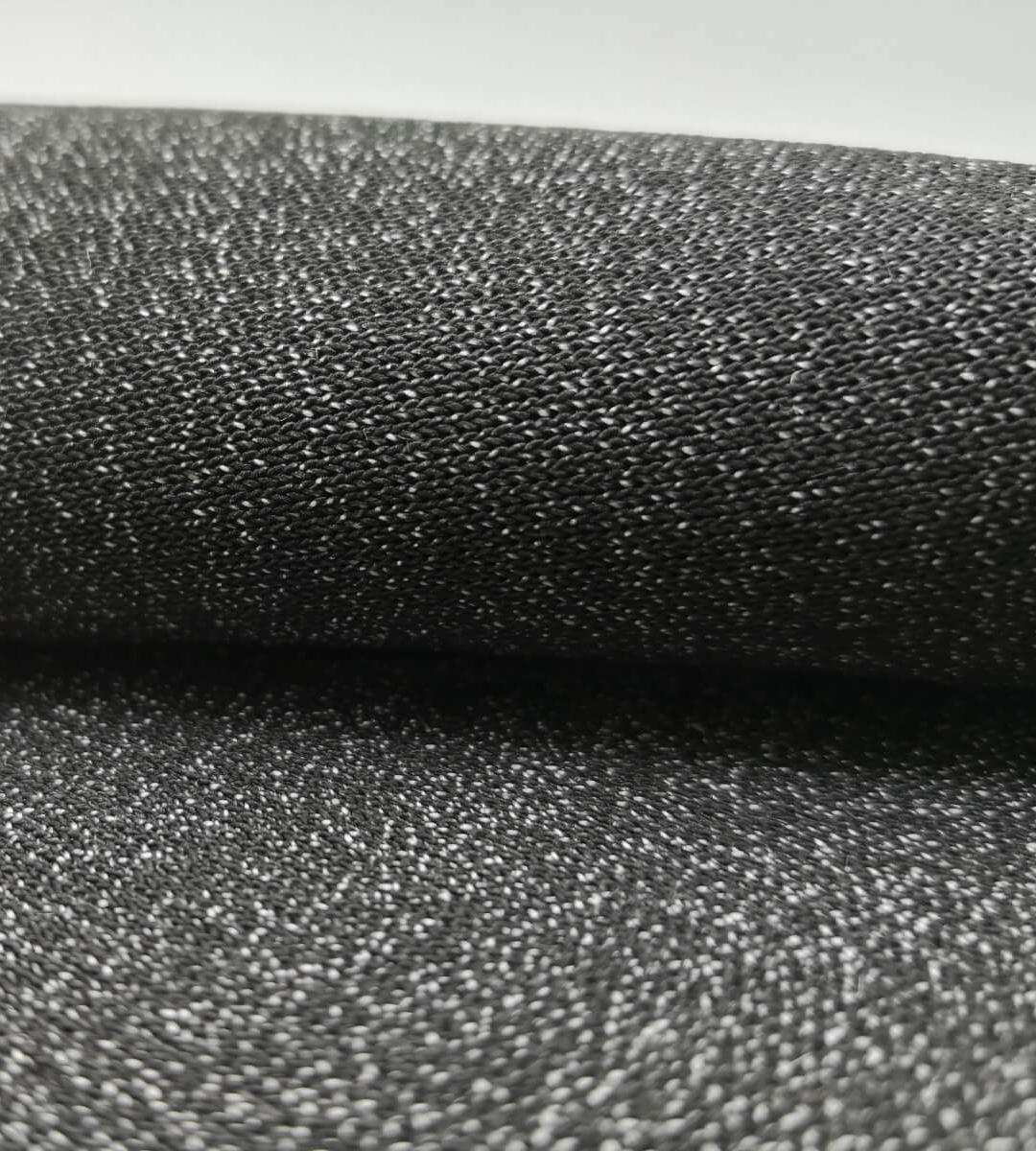
Cutproof textiles are made with hypoallergic fibers and materials that do not easily cause skin irritations or allergies. Therefore, it stays gentle on the skin even during long contacts thus minimizing chances of discomfort or negative responses.
An allergy-free nature of cut-resistant fabrics guarantees safety for workers in different sectors such as medicine, food processing, and production since most of them wear protective clothing for a long time. This is because they often have to wear protective clothes for extended periods which can lead to irritation or allergic reactions on their skins.
Non-allergic characteristics of cut-resistant fabric also promote general cleanliness and hygiene. The material has low concentration of allergens or irritants therefore reducing cases of exposure or cross contamination. This is critical in such industries as food processing or medical care where cleaning standards are very strict.
In conclusion, Non-allergic properties associated with cut resistant fabrics gives people with sensitive/allergic skins an additional advantage. Its hypoallergenic nature ensures comfortability by reducing the risk of irritation as it guarantees a more safe inclusive working environment for all.

NIZE delivers cut resistant fabric with superior tensile strength and consistent performance. This textile supports high-stress applications, allowing B2B buyers to maintain strict safety and durability standards across product lines.
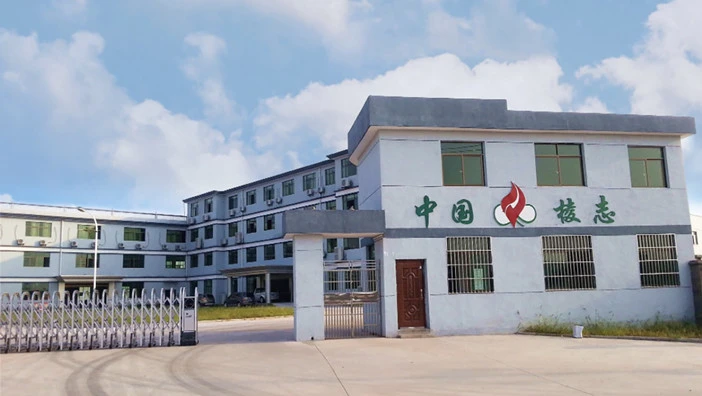
Nize New Materials is one of the world's leading material suppliers. We have more than 20 years of experience in this field and serve customers around the world. We also have world-class production equipment and an annual production capacity of 5 meters of ionic sulfate.
We focus on the research of the anti-piercing shoe midsole, interrupting the monopoly position of the anti-piercing cloth midsole inforeian countries. and producing the anti-piercing cloth midsole of our own branc, filing the domestic gap
The factory covers an area of 83.5 mu and has more than 22.500 sauare meters of production plant, 3,000 square meters of research anddevelopment center, 3,000 sauare meters of office space and more than 500 sets of advanced production and inspection equipment
We have excellent products and a professional sales and technical team that can provide satisfactory solutions according to your needs. If you are interested in our products, we look forward to your online message or call for consultation!
Our products cover a variety of functional materials, whether they are waterproof materials, wear-resistant materials, flame-retardant materials or thermal insulation materials, which can meet the needs of different industries and applications.
Cut resistant fabric provides reliable protection against cuts, reduces the risk of injuries, enhances worker safety, and improves overall productivity in high-risk work environments.
Yes, cut resistant fabric can be tailored to meet specific requirements, including different cut resistance levels, thicknesses, and garment designs to suit various industry needs.
While cut resistant fabric provides excellent protection against cuts, it may have limited resistance to other hazards like punctures, chemicals, or heat. Additional protective measures may be necessary for comprehensive safety.
When selecting cut resistant fabric, factors such as the level of cut protection required, durability, comfort, flexibility, and compatibility with other protective equipment should be taken into account to ensure optimal performance in the intended application.
Generally, thicker cut resistant fabric tends to offer higher levels of cut protection. However, the trade-off is often reduced flexibility and dexterity. It is important to strike a balance between thickness and flexibility based on the specific requirements of the application and the desired level of protection.
